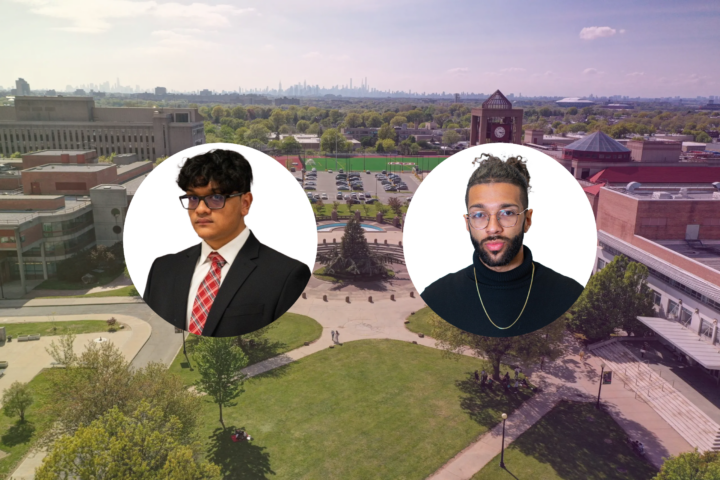Former NFL player Vincent Jackson was found dead on Feb. 15th at a Homewood Suites hotel in Brandon, Florida.
Just a week after Tampa Bay fans celebrated the Buccaneers’ Super Bowl 55 victory, they were devastated with the news of the passing of their former wide receiver, Vincent Jackson. On Jan. 11th Jackson checked himself into a Homewood Suites hotel right outside Tampa. Jackson’s family reported him as missing almost a month later on Feb. 10th. However, officers were able to locate and speak with Jackson on Feb. 12th, so they decided to drop the report. Just three days later, Jackson was found dead in his hotel room by a housekeeper.
Jackson began his NFL career in 2005 after being drafted by the San Diego Chargers, with whom he would play for seven seasons. In 2012, Jackson made his move to Florida to play another five seasons with the Buccaneers. He officially retired from the game in 2018. Jackson recorded 540 receptions for 9,080 yards, scored 57 touchdowns, and played in three Pro Bowl games in his career.
Based on Jackson’s autopsy, it’s believed he may have struggled with chronic alcoholism. Hillsborough County Sheriff Chad Chronister commented on Feb. 17th, “We haven’t got the toxicology report back so I can’t say with any certainty that that was it… But a lot of longstanding health conditions contributed to his passing because of some alcohol abuse.” Chronister shared that Jackson may have even had a condition known as chronic traumatic encephalopathy, or CTE. CTE is a neurodegenerative brain disease, meaning it progressively gets worse over time. The fatal condition is largely caused by traumatic brain injuries and blows to the head. It can leave lasting effects such as memory loss, personality changes (commonly increased aggression), and depression. CTE is widely common amongst contact sports, especially football. Unfortunately, the disease can only be definitively diagnosed in an autopsy, so it’s always discovered when it’s too late. Over 100 players have been found to have battled the disease, many of whom developed dementia, depression, and/or committed suicide. The first case of “footballer’s dementia” was four-time Super Bowl champion Mike Webster, who suffered from depression and dementia after his retirement. Researchers who examined his autopsy in 2002 said his brain had gone through the equivalent of 25,000 car crashes.
Webster’s CTE diagnosis was discovered by Dr. Bennet Omalu in 2002; Dr. Omalu would go on to publish a scientific article about. Expecting the NFL to want to meet and learn more about his discovery, Dr. Omalu was stunned to find out that the league was actually calling for the article’s retraction. Yet, the NFL’s battle was lost, and Omalu went on to release a second publication on late Steelers player Terry Long’s CTE diagnosis. In 2012, the league donated $30 million to the National Institutes of Health (NIH) for brain research in attempts to quiet critics who said the NFL didn’t care about its players. However, $16 million of the donation went unspent, as the NFL/NIH relationship soon fell apart. NFL officials disagreed with NIH for awarding part of the fund to a researcher who stood in support of NFL veterans filing lawsuits against the league. It wasn’t until 2016 that an NFL official finally recognized that there is evidence for a direct correlation between football and CTE for the first time.
Members of the NFL community, both fans and players, are disappointed in the league’s long-time lack of recognition and support for their players who suffer(ed) from CTE and its debilitating effects. Ryan Leaf, a retired NFL player, said in a video on Twitter on Feb. 16th, “The NFL doesn’t f—— care… Once you’re bad for the brand, the shield, they could give two s—-…” Leaf believes the league’s players would greatly benefit from more funding being put towards the NFL’s Legends Program, which assists NFL vets on their transition away from football. Leaf commented in an interview, “How much money do you think they pump into the Pro Football Hall of Fame, keeping things in a museum? Imagine if there was a facility somewhere [to offer support] to the fragile minds of the people that laid the bricks in this league and are getting help and can live amazing lives.”











